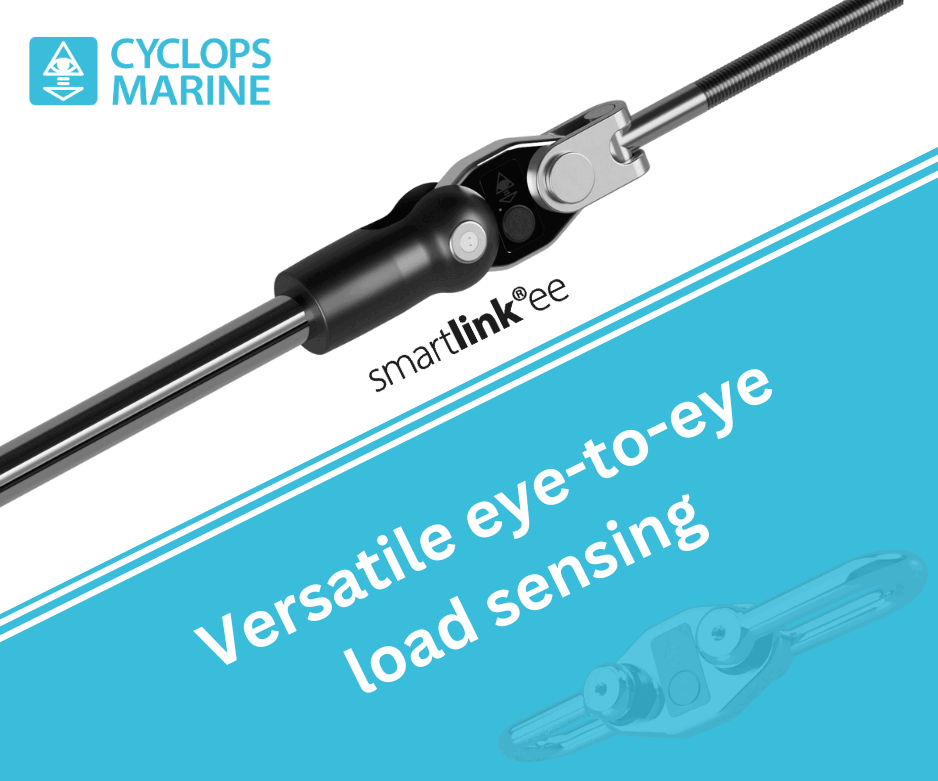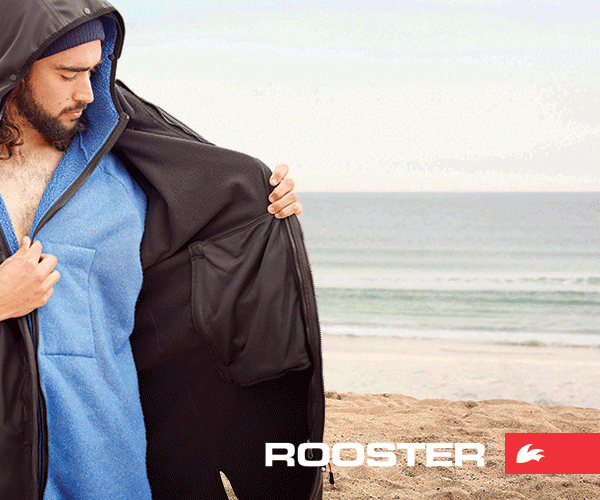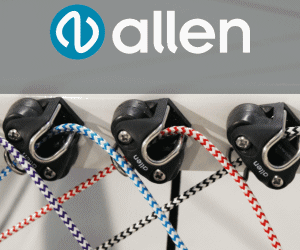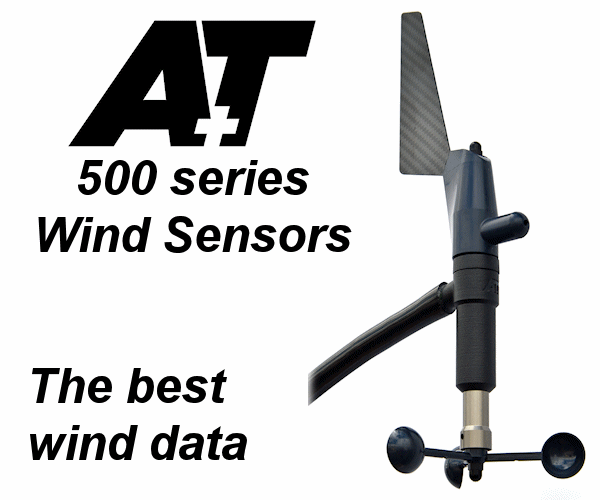-202403121604.gif)












Boats for sale
| Laser XD 203301 Upminster |
 |
| Laurent Giles 'Jolly Boat' Exeter |
 |
| J24 (Sail No. 4239) Dartmouth |
 |
List classes of boat for sale |
Port & Starboards |
Post Reply 
|
Page <1234> |
| Author | |||||
ohFFsake 
Far too distracted from work 
Joined: 04 Sep 08 Location: United Kingdom Online Status: Offline Posts: 219 |
 Post Options Post Options
 Quote Quote  Reply Reply
 Topic: Port & Starboards Topic: Port & StarboardsPosted: 03 Jun 19 at 1:09pm |
||||
|
It's enough to think about the letter of the rules without having to take into account the intent as well! However I would think that if the intention were to outlaw "dial downs" then they would not have included the word "immediately" in rule 16.2, so I presume the intent is to avoid collisions in dial down situations.
Looking again at the coverage, in slow motion it seems like Giles blocks, then there is a sensible delay, then the other boat avoids, which would seem entirely legal from both sides. But then viewing it at real time again I can't make my mind up whether that's the case, or whether Giles is indeed too late with his second "block", or the third case which is that his second course change was to avoid a port boat failing to keep clear, which I guess is the conclusion the jury boat reached. |
|||||
 |
|||||
Guests 
Guest Group 
|
 Post Options Post Options
 Quote Quote  Reply Reply
 Posted: 03 Jun 19 at 1:14pm Posted: 03 Jun 19 at 1:14pm |
||||
Outside 3 boat lengths if the windward boat has to luff above close hauled that's fine as long as they have room to do so. Inside 3 boat lengths if the windward boat and boat that entered the zone on starboard has to luff above close hauled to keep clear, then the tacking boat has broken 18.3.
Edited by mozzy - 03 Jun 19 at 1:19pm |
|||||
 |
|||||
Guests 
Guest Group 
|
 Post Options Post Options
 Quote Quote  Reply Reply
 Posted: 03 Jun 19 at 1:22pm Posted: 03 Jun 19 at 1:22pm |
||||
Well we used to have 'hold your course' to prevent dial downs or dial ups. My understanding from what Brass has written is they changed to the current wording to stop boats coming in on port at the start then claiming starboard boats didn't 'hold their course' due to them heading up at the gun, but with the intent of still outlawing dial downs in fleet racing.
|
|||||
 |
|||||
ohFFsake 
Far too distracted from work 
Joined: 04 Sep 08 Location: United Kingdom Online Status: Offline Posts: 219 |
 Post Options Post Options
 Quote Quote  Reply Reply
 Posted: 03 Jun 19 at 1:23pm Posted: 03 Jun 19 at 1:23pm |
||||
Not quite! In the instance quoted it was stated that the tacking boat completed their tack before S had to take avoiding action.
That puts P in the clear in open water, but within the mark zone there is an additional obligation, which is that even if they do complete their tack as above, they must not cause S to have to go above close hauled to avoid them even after their tack is complete. |
|||||
 |
|||||
davidyacht 
Really should get out more 
Joined: 29 Mar 05 Online Status: Offline Posts: 1345 |
 Post Options Post Options
 Quote Quote  Reply Reply
 Posted: 03 Jun 19 at 2:34pm Posted: 03 Jun 19 at 2:34pm |
||||
|
Had something quite similar this weekend, me in the zone on starboard tack, port tack boat comes in between me and the mark and tacks ... with no collision. But it was ever so close ... but on reflection there was no collision and I did not have to sail above close hauled, so he did nothing wrong.
I could have played things tactically better, if I had gone bow down and then positioned my boat so that I was only just fetching the windward mark, then he might have either had to tack below the layline, or gone behind me or I might have had to sail above close hauled which would have allowed me to call him.
|
|||||
|
Happily living in the past
|
|||||
 |
|||||
sargesail 
Really should get out more 
Joined: 14 Jan 06 Location: United Kingdom Online Status: Offline Posts: 1459 |
 Post Options Post Options
 Quote Quote  Reply Reply
 Posted: 03 Jun 19 at 2:48pm Posted: 03 Jun 19 at 2:48pm |
||||
I think you and Rich 96 are missing the fact that the Hungarian is never passing astern of Giles. Itís never got below him so it canít get behind either! Becusr of the nice early bear away. |
|||||
 |
|||||
Guests 
Guest Group 
|
 Post Options Post Options
 Quote Quote  Reply Reply
 Posted: 03 Jun 19 at 9:32pm Posted: 03 Jun 19 at 9:32pm |
||||
|
I didn't miss that
My point was that I thought 16.2 was really meant to stop this sort of tactic. But in reality, as long as you do your dial down before the port boat bears off to duck, and you're not hunting down the fleet then you can get by 16.2 as the port boat is never 'passing astern'. But if you watch, Giles bears off, Hungary completes tack, sees Giles is pointing at his transom. Hungary looks to cross ahead, at which point Giles heads up. Hungary then sees Giles is going to dial him up, so commits to a bear away. Giles then bears away with increasing severity. Hungary then heads up last minute. I think, although Hungary was never passing astern, Giles was lucky that his changes in course were determined to give room to Hungary. It sits uneasy as it makes it very hard for a boat which is trying to keep clear, from doing so. It also gives an upper hand to an 'attacking boat' in that it makes it very easy to force a boat off to he left. Which is fine in match racing. But I'd prefer it be less easy in fleet racing. Before seeing this, I thought if you were trying to force a boat out left you'd have to sit close enough that they can't complete the tack and bear off. This takes quite a bit of skill. Sitting close enough to prevent the tack and duck, but not getting lee bowed yourself. But seeing this you can hold a lane far enough away that you don't risk getting lee bowed and can then dial down once they tack and force them to tack back again.
Edited by mozzy - 03 Jun 19 at 9:36pm |
|||||
 |
|||||
sargesail 
Really should get out more 
Joined: 14 Jan 06 Location: United Kingdom Online Status: Offline Posts: 1459 |
 Post Options Post Options
 Quote Quote  Reply Reply
 Posted: 03 Jun 19 at 10:09pm Posted: 03 Jun 19 at 10:09pm |
||||
|
Always better to hold and dial down on the same tack so they canít flick out rather than risk the tack.
I think these tactics are a valid and important part of our sport. |
|||||
 |
|||||
Brass 
Really should get out more 
Joined: 24 Mar 08 Location: Australia Online Status: Offline Posts: 1146 |
 Post Options Post Options
 Quote Quote  Reply Reply
 Posted: 04 Jun 19 at 12:48am Posted: 04 Jun 19 at 12:48am |
||||
Rule 16.2 isn't switched off in TR, only in MR.
Edited by Brass - 04 Jun 19 at 1:24am |
|||||
 |
|||||
Guests 
Guest Group 
|
 Post Options Post Options
 Quote Quote  Reply Reply
 Posted: 04 Jun 19 at 5:38am Posted: 04 Jun 19 at 5:38am |
||||
|
I find these rules threads very educational, thank you. However, I now feel at liberty to dial down like Giles S did and Iím not sure I trust my friends to respond as swiftly and decisively as the Hungarian did. In the ensuing carnage it would be hard to argue I tried to avoid contact.
|
|||||
 |
|||||
Post Reply 
|
Page <1234> |
| Forum Jump | Forum Permissions  You cannot post new topics in this forum You cannot reply to topics in this forum You cannot delete your posts in this forum You cannot edit your posts in this forum You cannot create polls in this forum You cannot vote in polls in this forum |
Bulletin Board Software by Web Wiz Forums® version 9.665y
Copyright ©2001-2010 Web Wiz
Change your personal settings, or read our privacy policy
Copyright ©2001-2010 Web Wiz
Change your personal settings, or read our privacy policy











 Printable Version
Printable Version Delicious
Delicious Digg
Digg Facebook
Facebook Furl
Furl Google
Google MySpace
MySpace Newsvine
Newsvine reddit
reddit StumbleUpon
StumbleUpon Twitter
Twitter Windows Live
Windows Live Yahoo Bookmarks
Yahoo Bookmarks Topic Options
Topic Options